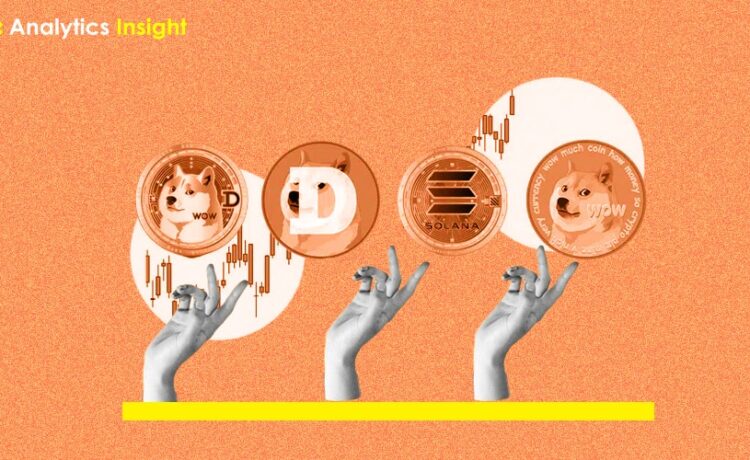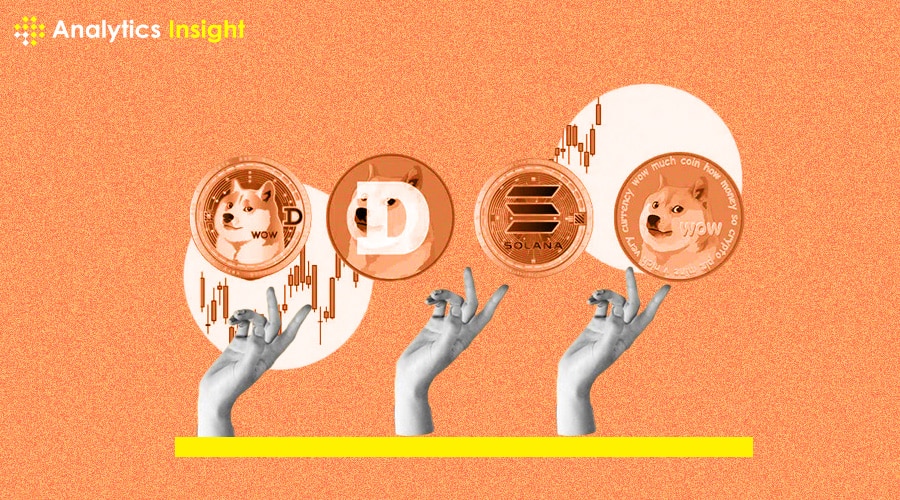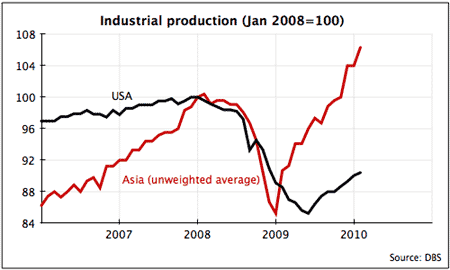Understanding meme Cryptocurrencies: Exploring their nature before considering investment
Cryptocurrencies leverage cryptography to secure transactions and regulate the generation of new units. Operating without a central authority or intermediary, cryptocurrencies like Bitcoin, Ethereum, and Litecoin are decentralized and widely embraced.
However, not all cryptocurrencies are created with serious intentions or purposes. Some of them are based on jokes, internet memes, or pop culture references. These are known as meme cryptocurrencies, and they have become a phenomenon in the crypto space.
What are meme cryptocurrencies?
Meme cryptocurrencies are coins or tokens that derive their name, logo, or theme from a meme, an animal, or some comical character. They are often created as a parody or satire of the mainstream cryptocurrencies, but they can also be used for speculation or investment.
Some of the most famous meme cryptocurrencies are dog-themed, such as Dogecoin, Shiba Inu, and Dogelon Mars. Dogecoin was launched in 2013 as a joke, featuring the image of a Shiba Inu dog as its logo and the word “doge” as its name, which is a misspelling of “dog”. It quickly gained popularity and a loyal fan base, thanks to its humorous and friendly community.
Shiba Inu and Dogelon Mars are newer meme cryptocurrencies that emerged in 2021, following the success of Dogecoin. They are both inspired by Dogecoin, but they have different features and goals. Shiba Inu claims to be the “Dogecoin killer”, as it has a much larger supply and a lower price per coin. It also has its decentralized exchange platform, called ShibaSwap, where users can trade and stake their tokens. Dogelon Mars, on the other hand, is a parody of Elon Musk, the billionaire entrepreneur and CEO of Tesla and SpaceX, who is known for his support and influence on Dogecoin. Dogelon Mars aims to be the “interplanetary currency”, as it plans to send tokens to Mars in the future.
Why are meme cryptocurrencies so popular?
Meme cryptocurrencies are popular for several reasons. One of them is that they are fun, as they appeal to the sense of humor and creativity of the crypto community. They also create a sense of belonging and identity, as they foster a loyal and passionate fan base that supports and promotes their favorite meme coins.
Another reason is that they are accessible and affordable, as they usually have a low price per coin and a high supply. This makes them attractive to new and casual investors, who can buy millions or billions of meme coins with a small amount of money. They also offer the possibility of making huge profits, as they can experience massive price surges in a short time, thanks to the power of social media and word-of-mouth.
A third reason is that they are unpredictable and exciting, as they can be influenced by various factors, such as celebrity endorsements, media attention, market trends, and community events. For example, Dogecoin’s price skyrocketed in 2021, after Elon Musk tweeted about it several times, and after it was announced that it would be accepted as a payment method by some companies and organizations. Similarly, Shiba Inu’s price soared in May 2021, after it was listed on Binance and other major exchanges, and after it received a donation of 50 billion tokens from Vitalik Buterin, the co-founder of Ethereum.
Should you buy meme cryptocurrencies?
Meme cryptocurrencies can be a fun and rewarding way to get involved in the crypto space, but they also come with high risks and challenges. Therefore, before buying any meme coin, you should do your own research and due diligence, and be aware of the following factors:
Meme cryptocurrencies are highly volatile and speculative, as they can experience extreme price swings in both directions, depending on the market sentiment and hype. They can also lose their value quickly, as they can be affected by negative news, scams, hacks, or regulatory actions.
Meme cryptocurrencies are not backed by any fundamental value or utility, as they are mostly driven by memes, emotions, and trends. They do not have a clear vision, roadmap, or use case, and they often lack innovation, development, or governance. They are also prone to copycats, forks, and clones, which can dilute their originality and uniqueness.
Meme cryptocurrencies are not widely accepted or supported, as they have limited adoption and integration in the real world. They are also subject to low liquidity and high fees, as they are often traded on obscure or unreliable platforms, or on decentralized exchanges that require complex and costly transactions.





















